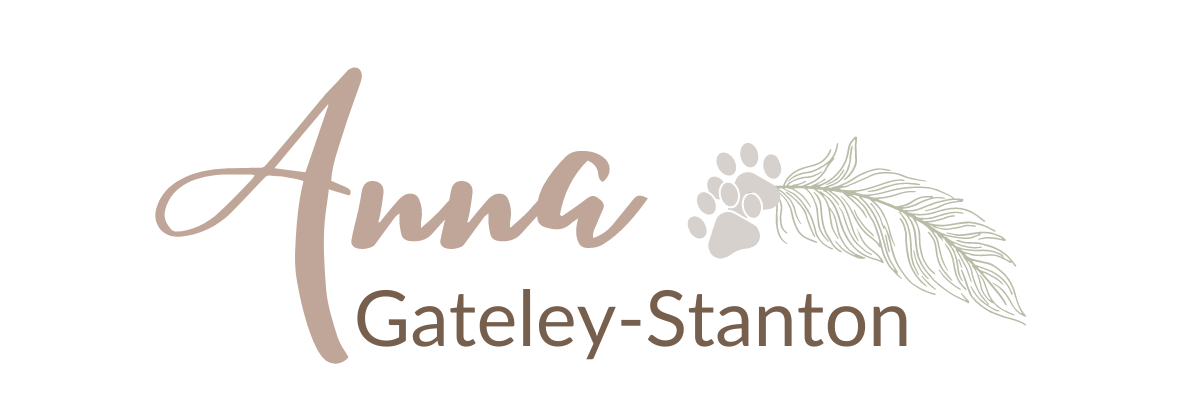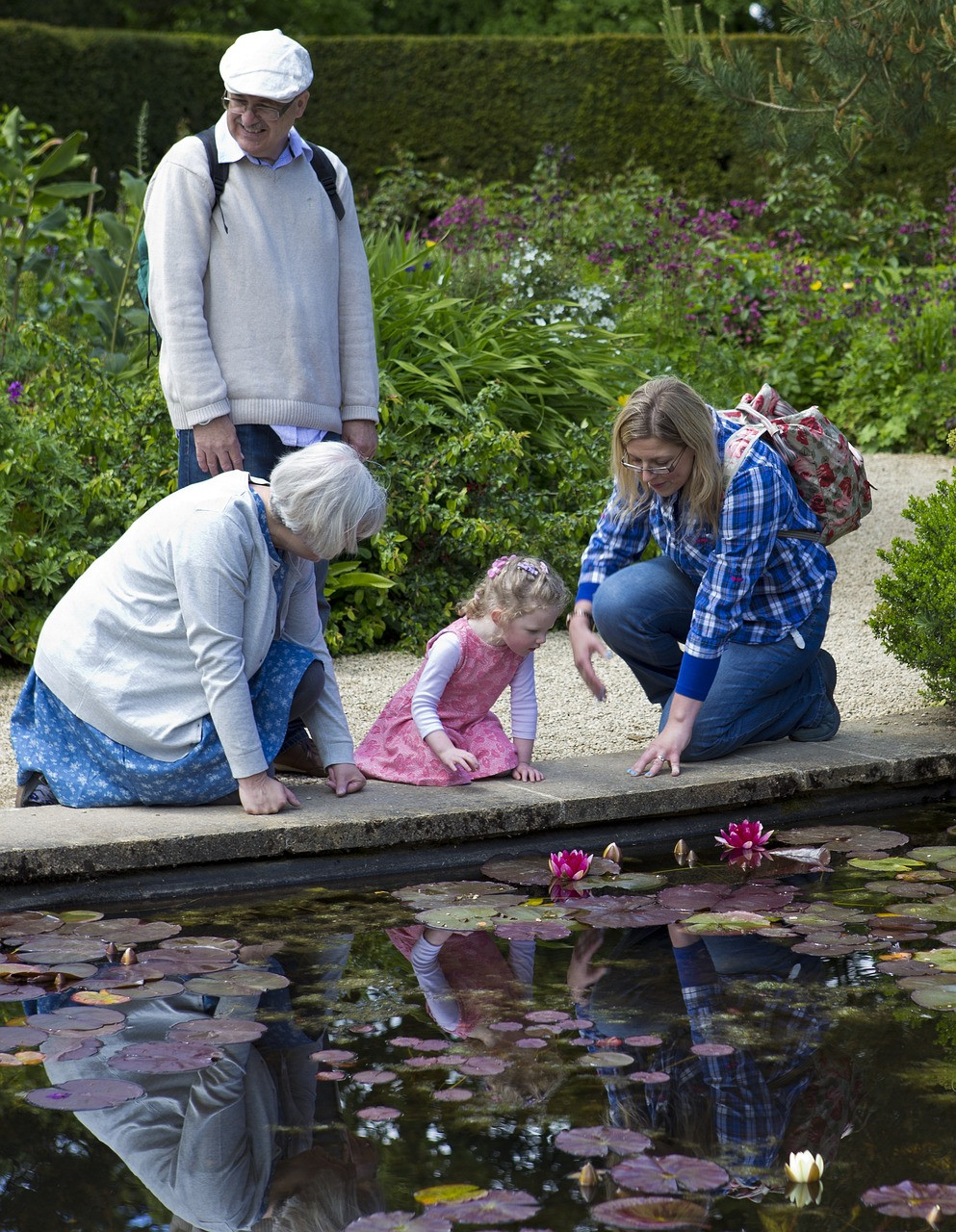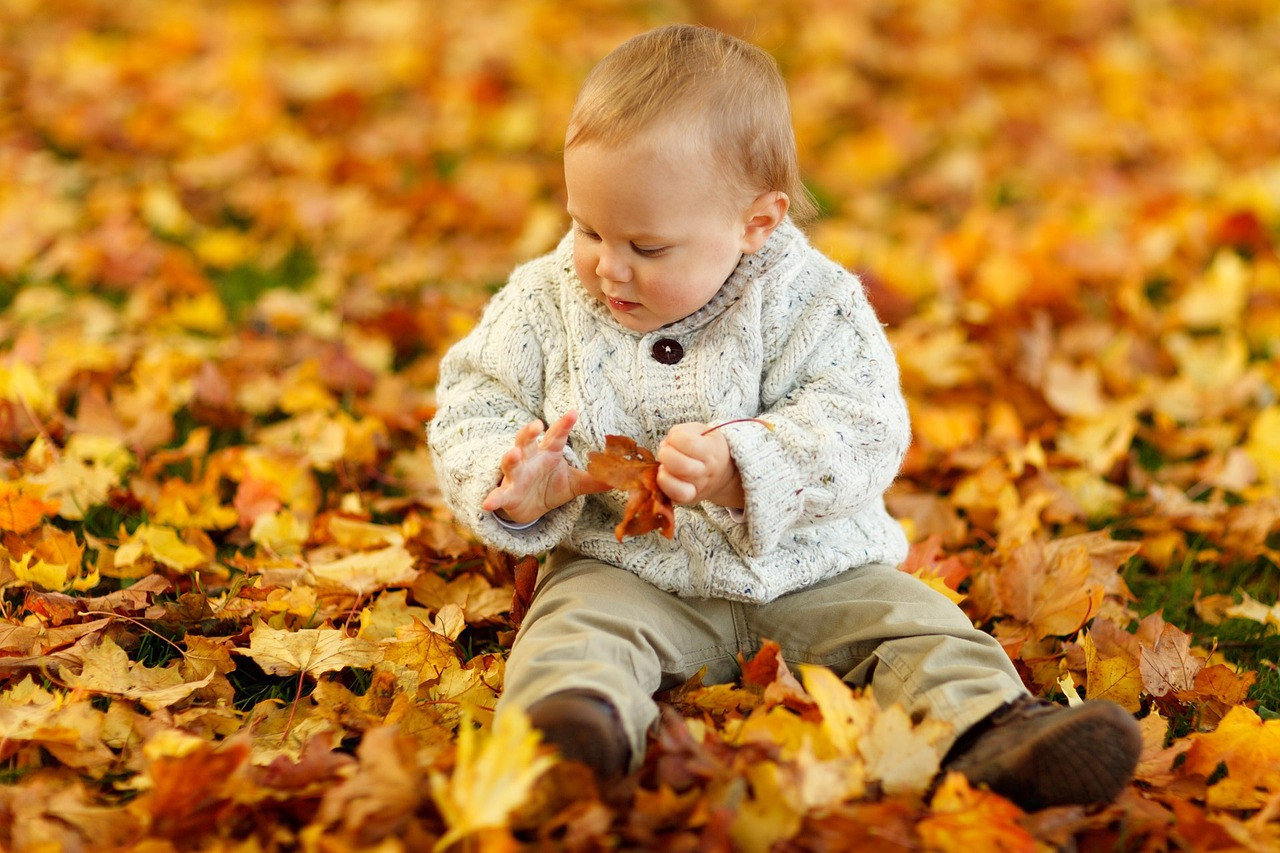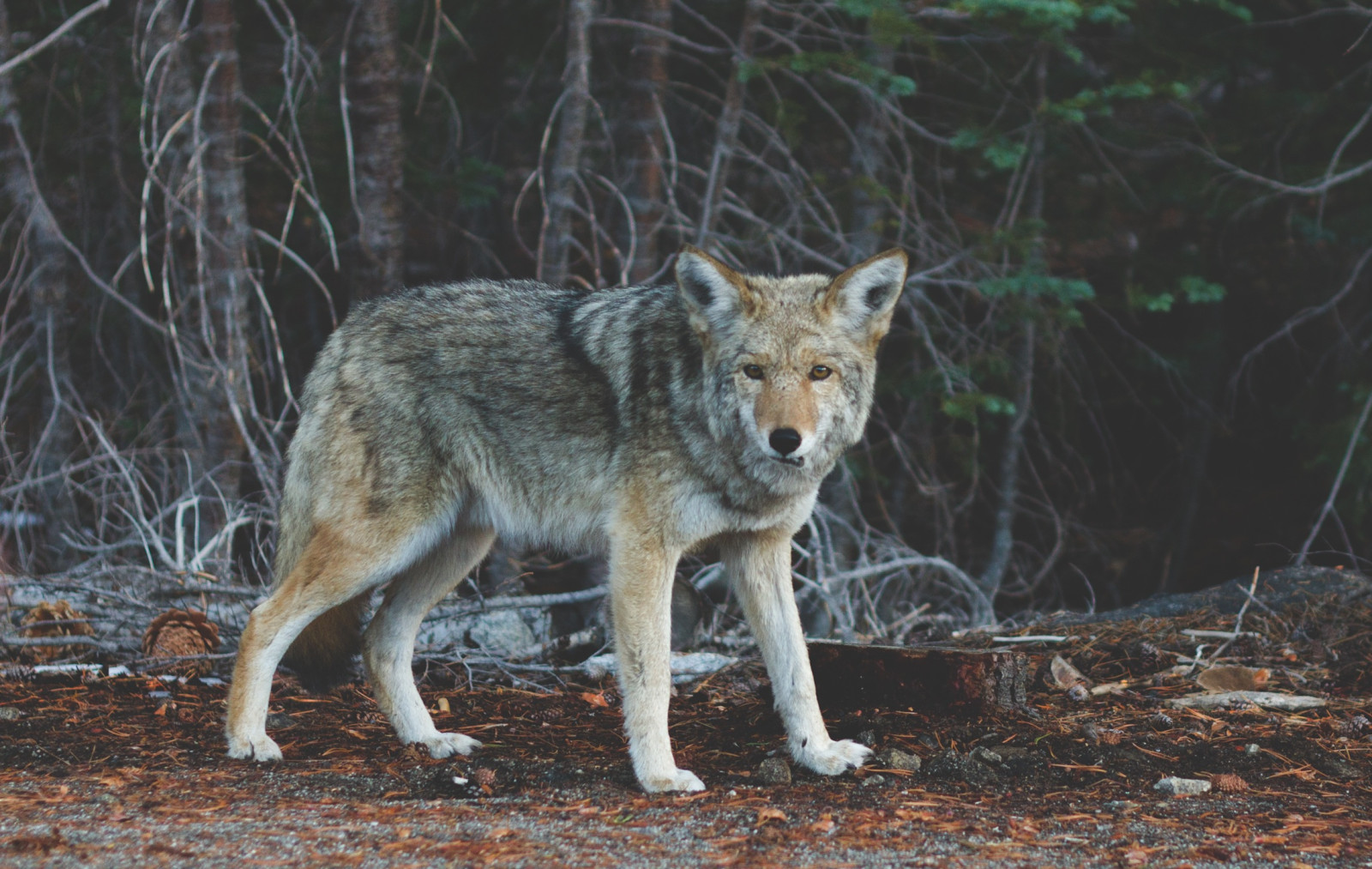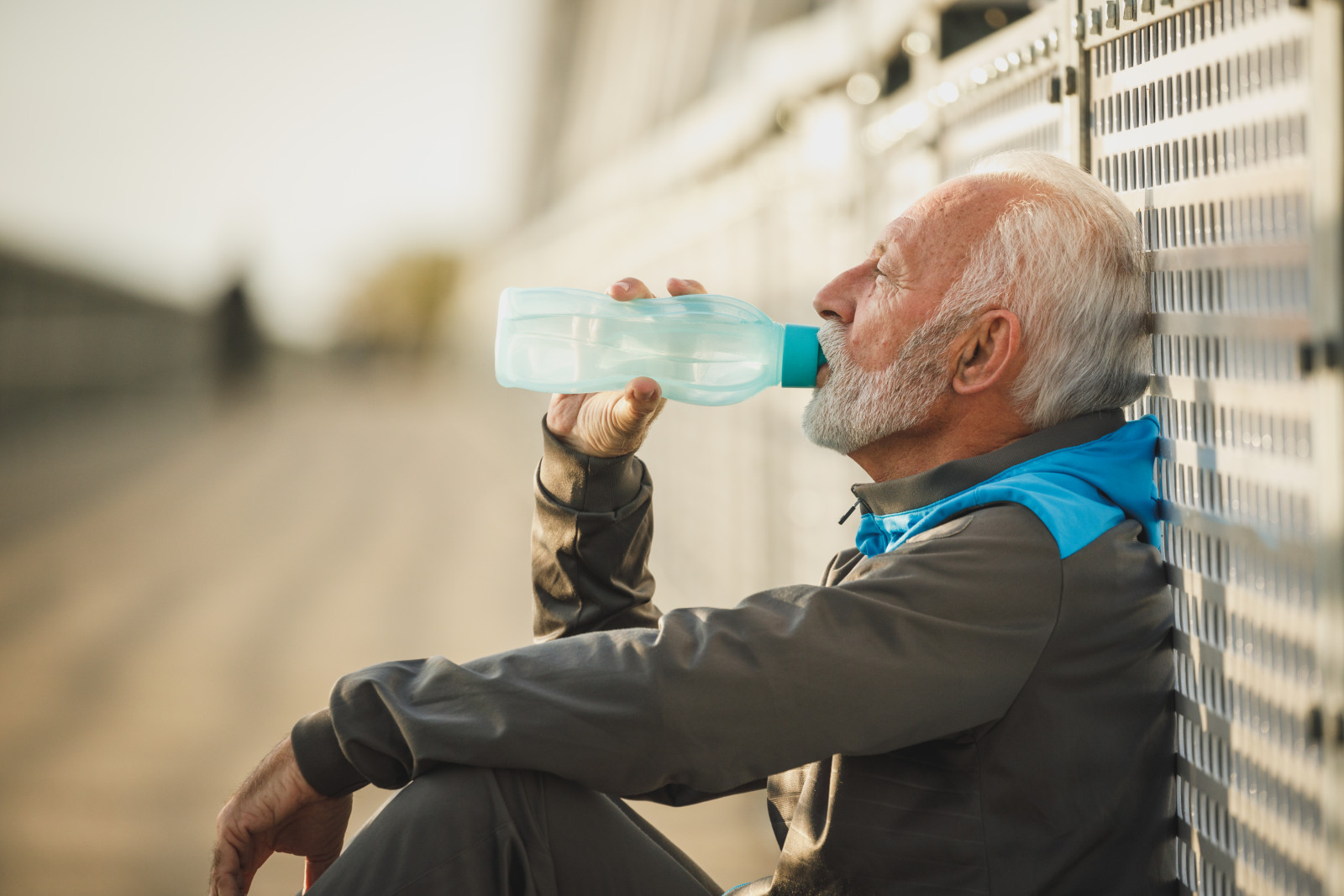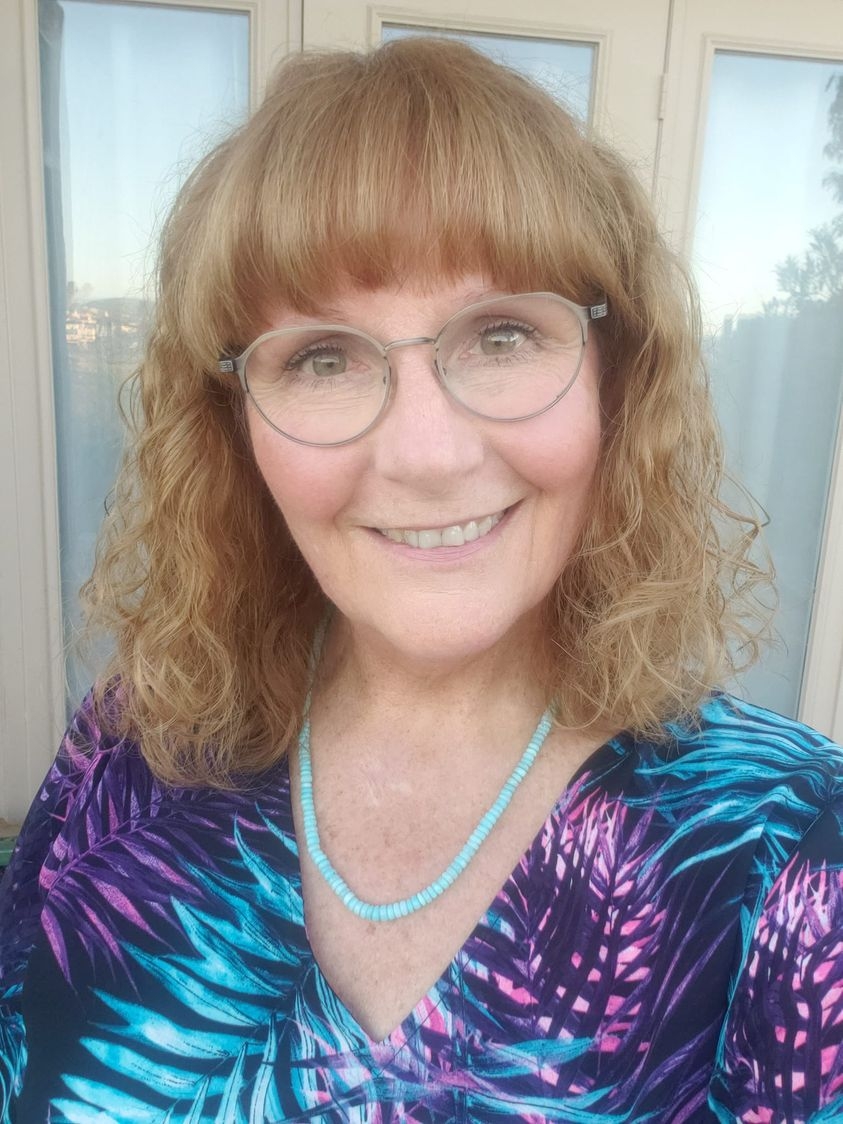Unlocking Nature's Wonders: A Beginner's Guide to the Great Backyard Bird Count for Adventure-Seeker

The Great Backyard Bird Count (GBBC) is just around the corner, offering a fantastic opportunity for adventure-seeking grandparents and budding birders to connect with their grandchildren and foster a love for nature. This annual event invites people of all ages, especially beginners, to join in the global celebration of birds right from their own backyards. By participating, you contribute valuable data to scientists studying bird populations, aiding in bird conservation efforts worldwide. The GBBC is beginner-friendly and welcomes birders of all levels, providing a unique bonding experience for grandparents and their grandchildren.
To get started, create a welcoming space for birds in your backyard with feeders and birdbaths. All you need for birding are a pair of binoculars, a bird identification guide, and a notebook to record your sightings. Take advantage of technology by using bird identification apps like Merlin Bird ID or Audubon Bird Guide. Involve your grandchildren in the counting process, teach them about different bird species, and capture the moments to share with the GBBC community online. Join the global community of birders by participating in online forums and social media groups dedicated to the GBBC. The Great Backyard Bird Count is not just an event, but a journey into the fascinating world of birds that transcends generations.
Read more...
Hey there, adventure-loving grandparents! Are you ready for a journey that goes beyond generations and brings the pure joy of exploration to new heights? The enchanting outdoors is calling, offering an incredible chance to craft unforgettable memories with your grandkids.
You can say goodbye to the ordinary and dive into the vast playground Mother Nature provides. Imagine strolling through picturesque landscapes, surrounded by trees and the delightful melody of a birdsong. Nature becomes your canvas, inviting you to explore, discover, and relish the simple yet profound pleasures it has to offer.
In a world dominated by screens and constant digital buzz, our outdoor escapades are a breath of fresh air. Take a break from technology and immerse yourself in the sheer beauty of the natural world. Engage in heart-to-heart conversations, share laughs around a crackling campfire, and witness the genuine joy that blooms when screens take a backseat.
Adventure doesn't discriminate by age, and our outdoor escapades are tailored to suit the diverse interests and energy levels of every generation. Whether it's a laid-back hike, an exhilarating zip line experience, or a tranquil lakeside moment, the adventure weaves a shared tapestry of stories, laughter, and connection.
As an adventure-hungry grandparent, you know challenges come with the territory. Whether it's tackling tricky terrains, conquering fears, or rolling with the punches of changing weather, the rewards of the adventure shine brightest when challenges are met head-on. These shared triumphs become the threads knitting a tapestry of resilience and strength.
Deep in every adventure-loving grandparent's heart lies the desire to leave behind a legacy—of curiosity, courage, and an unwavering love for the great outdoors. By choosing the less-traveled path, you're paving the way for your grandkids to appreciate nature's beauty and carry the spirit of adventure into their own lives.
So, dear fellow adventurer, are you geared up to heed the call of the wild? Join the tribe of fellow explorers and spark the flames of curiosity, courage, and connection with your grandkids. The great outdoors beckons, promising not just an adventure but a transformative journey that etches its mark on hearts and minds. It's time to thrive in the warm embrace of nature's grandeur. Ready for the ride? Let's go!
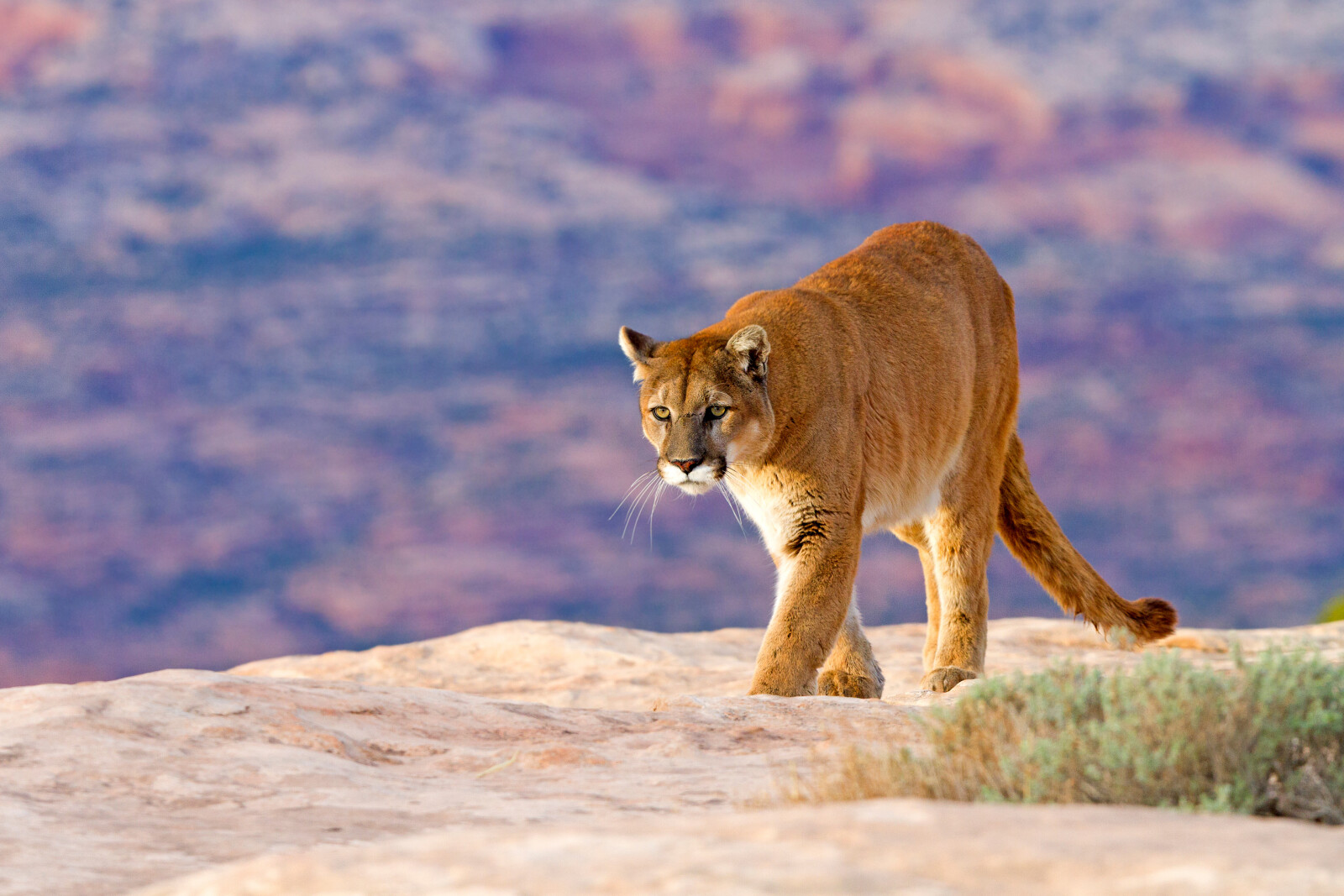
How much do you know about mountain lions? To most people, they’re big and scary because they can kill and eat you. But the truth is, they don’t want to. They prefer deer, but if they can’t get a deer, then they’ll eat something else.
Many people will call and report a mountain lion sighting, but most of the time, it’s a bobcat. They just see a cat larger than their pet and assume it’s a mountain lion. Look at a mountain lion and you will see an incredibly long tail, but a bobcat has a short, stubby tail. So if you think you’re looking at a mountain lion, look at the rear for a long tail. Unless you’re looking straight at it from the front or back, you’ll see the tail.
Adult mountain lions can…
· Run 50 mph in short sprints
· Jump vertically 22 feet
· Bound 16 feet carrying a deer
· Leap horizontally 45 feet
· Walk many miles at about 10 mph
· Swim well
· Sleep for up to 16 hours a day
So, what should you do if your outdoors and come across a mountain lion? Whatever you do, don’t run!!! Stand your ground and look as big as possible. Make eye contact. Put small children on your shoulders or pull your shirt or jacket up over your head to look bigger. Yell! Throw rocks and sticks! Let it know that you are not a deer and you are going to put up a fight. If you are attacked, do just that. Fight like hell because many times the animal will give up and leave. It doesn’t want to get injured, because if that happens, it can’t hunt and feed itself, or its young if it has some.
Please, please always keep your small children close to you when you are in mountain lion habitat. Do not EVER let them run ahead of you on the trail, or fall behind playing with a bug on the ground while your group continues on. That is an invitation for an easy meal in the eyes of a mountain lion that is just learning to hunt or may be injured and looking for food. The sad thing about these type of attacks is while the kids survive, the mountain lion is tracked down and killed, when it was only doing what it does naturally in its habitat.
Many people don’t stop to think about safety when they are out in nature with wild animals are all around. Please don’t be one of those people. Learn about the area you’re visiting and what you should do to keep yourself and your kids safe. If you’re walking or hiking on trails in open space, it’s not the same as an urban park, so be aware of that. Sometimes it’s best to avoid walking in mountain lion habitat at dawn and dusk, as that’s when deer are most active, so mountain lions may be as well. If you do see a mountain lion in the wild, there’s a good chance its not after you. If it were, you wouldn’t see or hear it.
To put the danger of a mountain lion attack in perspective, here are a few statistics:
· There have been only 27 fatalities since 1890s, 3 of which were kids
· In 2000, 54 people died from bee stings
· In 2008, 23 folks were killed by dogs, and 16 of those were kids
· Hunting accidents average about 75 per year
· On average, there are 150 deer vs. auto collisions yearly
· From 2006-2016, there were 29,000 mountain lions killed
Open spaces are where wild animals, including mountain lions, live. If we remember that and respect the animal and its habitat the way we should, we can survive living so close together.
For more information about mountain lions, check out the Mountain Lion Foundation’s website at https://mountainlion.org/.

Do you ever wonder why kids don’t explore nature like they did years ago? I do! I’ve been thinking a lot lately about growing up in a small town in the 60s and 70s. Most of my free time was spent outside playing with my sister and friends. We had toys but didn’t always need them because we used our imagination to think of fun things to do.
One time we found some tunnels in an open field that others had dug out. So we gathered up tumbleweeds to hide the tunnels, since much of it had caved in and was open. When we moved a mile away, we didn’t have the tunnel fort, so we made one entirely of tumbleweeds stacked on top of each other. We even had different rooms. It was so fun!
As kids, we would also go exploring, running through the corn field and walking along dirt roads between fields to investigate an isolated grove of trees. We were always looking for new adventures and things to discover. Sometimes we’d find cool frogs, bugs, or mushrooms, but other times, nothing. Either way, it was the excitement of the possibilities that made it fun.
My sister and I would stay outside until the sun went down, 'cause we knew we needed to be home for dinner before it got dark. But that was okay, because we had the freedom to go explore nature and see what we could find.
Today, most kids spend their time staring at a screen playing video games or watching shows or movies. Some keep busy by participating in sports. But I wonder how many have actually gone on an adventure to explore nature. If you have kids, or even grandkids, don’t you wish they’d spend more time enjoying the magic of nature? I hope so, because I feel it’s so important that kids discover nature and learn to love it. If they don’t, then who will protect our planet when we’re gone?
I’ve always loved Baba Dioum’s quote. Its sums up my belief about nature, which is probably why I’ve been sharing nature with adults and children since the early 90s!
For in the end, we will conserve only what we love.
We will love only what we understand.
We will understand only what we are taught.
Baba Dioum, Sengalese Conservationist
Do your kids or grandkids explore the outdoors? If so, let me know what they’re into.
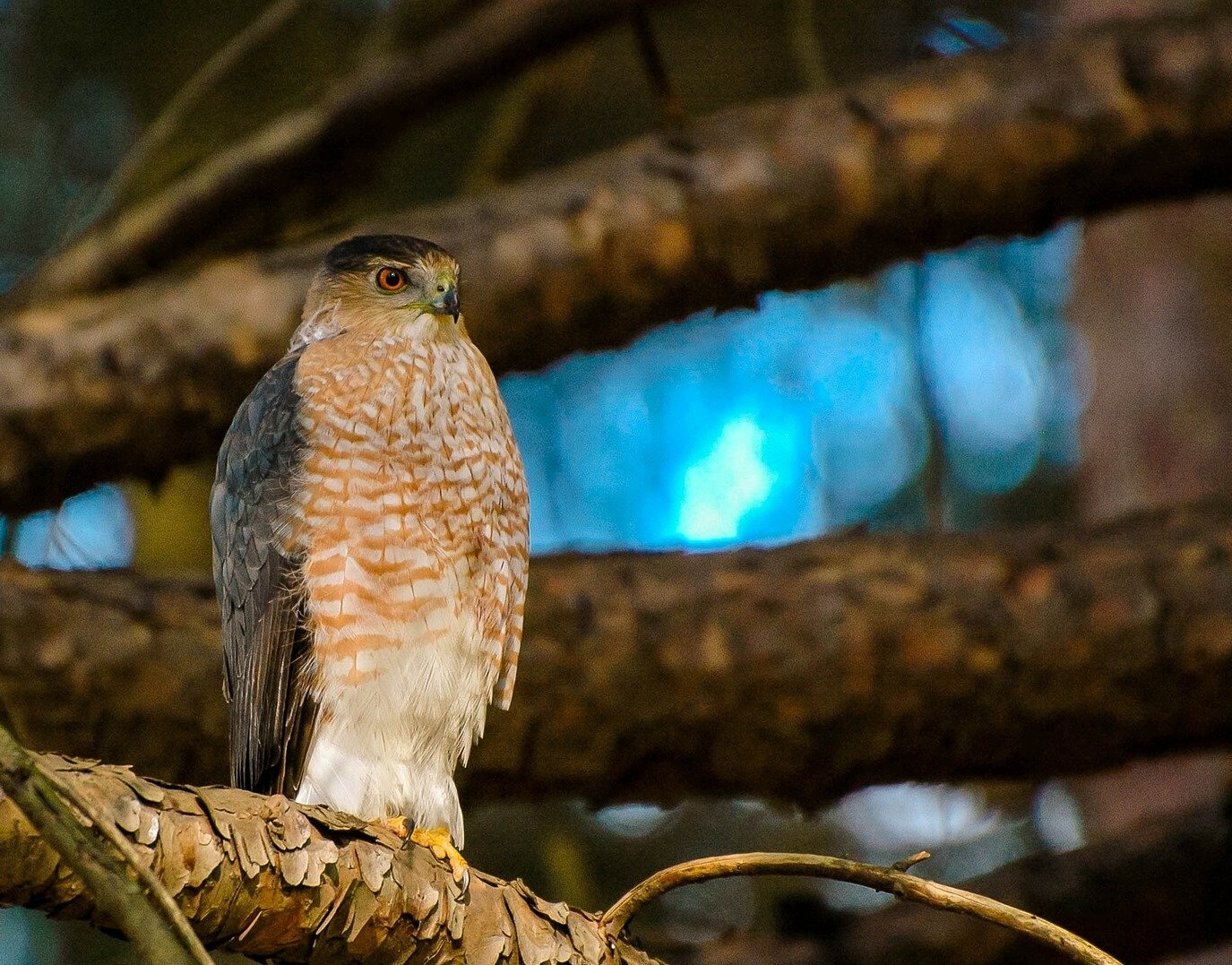
It was a long weekend, and so was my to do list. But I did manage to get some birding in for the GBBC. Some of it was even done from the car while driving home from work and the next few days while running errands! You don’t have to have boots on the ground and binoculars around your neck to bird.
As I turned onto the heading home after work Friday, I immediately saw some bird activity in a tree, and then caught sight of a Cassin’s Kingbird as it flew to another tree where I heard it calling. My first countable bird! By the time I had driven the 30-40 yards to my house, I’d also got Cooper’s Hawk, Mourning Dove, Yellow-rumped Warbler, and a whole bunch of Crows (they head northeast in the evening where they gather in huge numbers to roost and then head southwest again in the morning). The next morning, while driving home after running errands, I caught sight of two separate Red-tailed Hawks trying to find breakfast.
Mornings are an excellent time to bird, so while walking the dog Sunday morning, I added Phainopepla, Scrub Jay, Mockingbird, White Crowned Sparrow, and Lesser Goldfinch. The female Phainopepla, with her grayish brown color and crest, was singing and calling. I tried to get close enough to see her red eye, but without my binoculars, that didn’t happen.
My back yard feeder and fountain also attract birds, so over the four-day event, I added House Finch, California Towhee, Western Bluebird, Spotted Towhee, Rufous Crowned Sparrow, and Eurasian Collard Dove.
Since Monday was President’s Day, I decided to grab the dog and take her to the high school where she could wander around off-leash. Since I live on a canyon, off-leash is not a good idea at any parks close by, or even on the street leading to my house. But at the high school, she wandered and sniffed while I added additional species of Nuttall’s Woodpecker, Say’s Phoebe, Western Bluebird, European Starlings, and a few Western Gulls flying by and hanging out in the mall parking lot. I also saw two Anna’s Hummingbirds. I only saw one at first but knew there was a female close by because the male was doing his territorial/mating display. He climbs way up, then swoops down close to the female, fanning the tail feathers to make a loud popping sound, then climbs back up to do it again and again. Its fun to watch, and once you know what’s going on, you can usually find the female. I’ve also seen this display done to scare a California Towhee off the fence and out of a male’s territory, or so he thought!
All in all, I had a fun time birding during the Great Backyard Bird Count this year. I think 23 confirmed species is a good number for just fitting it in where I could.
